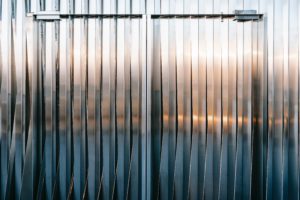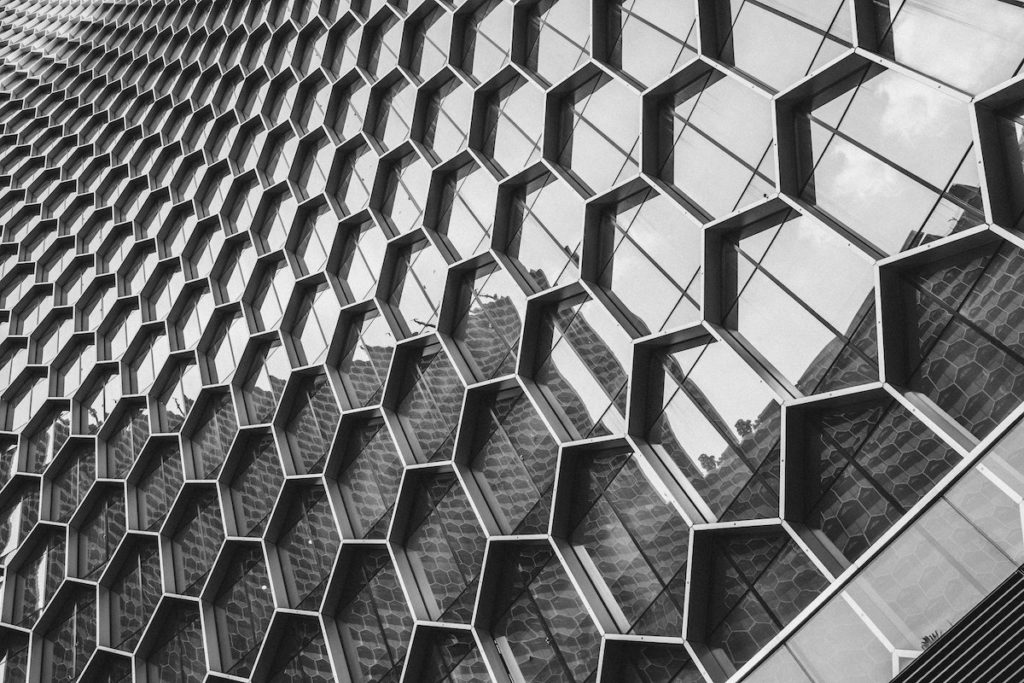Woodform Architectural has prepared a checklist for designers and installers using aluminium battens for building exteriors. Aluminium battens provide a highly cost-effective option for facades, particularly in replicating the wood-fin aesthetic. Anodised aluminium battens are less heat-prone than wood, which works well for coastal locations.
If you prefer the aesthetics of wood, aluminium battens can be made with wood-look designs to achieve a genuine look. Whether you opt for an aluminium siding that looks like timber, or aluminium framing, battens have a lot to offer. The Decorative Aluminium Cladding Range offers the real timber appearance, providing realistic woodgrain looks in wood-cladding and panels, and unique metal surfaces, all whilst reaping the benefits of aluminium. Aluminium cladding and battens need little maintenance when compared with wooden exteriors.
The cladding may be used with or without stripping the wood using different installation methods. Two-ply profiles are available, Block and Tube, which can be used to produce dynamic cladding surfaces. To complement the profiles are corners made from extruded aluminium, which is a major innovation because it allows for a bolder angle design while being lower in maintenance.
Some of the latest technologies of extruded aluminium joists mimic and transform the appearance of wooden joists, with none of the higher maintenance, as well as serving as a weather-resistant shim between vertical siding. While architects and building owners increased access to extruded aluminium manufacturers has allowed for the modernization of battening. The advent of extruded aluminium as an item for detailing that can mimic wood’s appearance without its high maintenance has led architects and building owners back to spacing the batten as a design element. What architects started asking was, can we make the battens lower in profile from the floorboards, something that could not be done with wood or another material, but could be done with an extrusion?
Roof joists are most often made from wood or metal, but they can be made from other materials. Roof battens, or joists, also called roofing shingles, are used to provide the attachment points for roofing materials, such as shingles or tiles. Wall-like roof-like battens are used for securing siding materials like tiles or shingles. Some roofs can use a grid of battens on either side, known as the counter-batten system, that enhances ventilation.
If the structure has very limited insulation and ventilation (especially ventilation) in the attic, the battens may help greatly. Specific batten techniques can improve ventilation in metal-roofed attics. This creates thermal breaks much like vertically sprayed metal roofs installed over horizontal battens.
One of the options to install metal roofing on top of the furring strips is the use of the cross-batten style. Battens are also used on metal roofing for the securing of sheets called batten-seam roofing, which is covered by batten-roll joints. Made of wood, aluminium, plastic, or fibreglass, a batten is a strip of material used in construction. Often used for supporting, positioning, or fixing roofing and ceiling sheeting, the batten is a versatile piece that can form a part of louvres, sunshades, and other building additions.

Aluminium ceiling battens come in many shapes and sizes, which allows the designer to make a larger architectural statement using minimal construction labour. Aluminium Battens can be used to create wall and ceiling features, for both indoor and outdoor applications. Whether used in an internal or exterior environment, the Ullrich Aluminium Battens are useful in a variety of ways.
The aluminium Click-on Batten System by Sculptform Sculptform can be used as a wall, ceiling or facade covering for both interior and exterior applications. Aluminum Click-on Battens are used for various home and commercial applications, such as walls and ceilings. Aluminium can also be used for structural strengthening, or to replace external cladding systems of concrete and timber, which can enhance the appearance of a building. Acoustical support panels may be integrated into a system, providing an effective acoustic solution, but also replacing the need to apply plasterboard and paint to walls, or to paint behind aluminium ceiling battens, saving time and expense.
For all of your needs with aluminium or wood framed ceiling systems, CVS has you covered. Our strong, pre-finished aluminium panels, sheets, and batten systems are 100% aluminium, offering a low-maintenance, regulatory-compliant, safe solution. Our timber-look, natural-looking aluminium battens, covered with innovative, easy-to-install concealed fasteners, provide a fire-resistant solution with a range of profiles and colours. Wood-finished, cast aluminium with genuine timber veneers offer the beauty of authentic wood on your battens, whilst benefiting from aluminium fire-resistance qualities.
The hardwood battens are solid, whereas aluminium is hollow extrusion, so maybe that is no surprise. Hardwood battens had the highest thermal mass out of all materials tested: They changed temperature more slowly. Oiled hardwood battens achieve the highest temperatures because oil causes the material to retain heat. Rainscreen construction uses joists (furring) as part of the system, allowing walls to dry more rapidly than usual.
Street Furniture Australia’s in-house engineers have tested the aluminium with anodised, powder coated, and ash-grain finishes, and the oil-treated hardwood (Jarrah) battens. For comparison, Street Furniture Australia’s in-house engineers also looked at untreated aluminium — material that Street Furniture Australia does not use for its seats. After successfully shipping the first aluminium Venetian blinds to the architecture market for 13 years, Hunter Douglas developed the first aluminium ceiling tiles using the same material.
A similar design is also available, with faces covering panel edges, providing a buffer against installation errors, adding to the ease-of-use appeal of using the corner of an extruded aluminium joist, with no worry about having to install it again, costing money and time.


